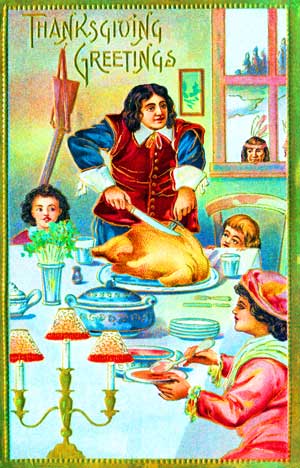All good things seem to eventually end, and so it did with Walt Disney. He had been a heavy smoker since his time in WWI. He did not use the kind of cigarettes that had filters, so his exposure to cigarette smoke was even higher than it otherwise might have been. He also smoked a pipe as a younger man before he went to the war in France. So, it is no surprise to today’s readers (though his contemporaries may have been surprised) that Walt was diagnosed with lung cancer in 1966.
He was treated with cobalt therapy, a huge leap in radiation treatment technology after WWII. It was mainly used on head and neck issues, but the treatment was so effective, that Disney opted to use it on his lung issue, as well. It has since mostly fallen out of use for more modern, technologically cutting-edge therapies.
It seemed to work for a time on Walt, but his diagnosis came too late to give any of the available treatments of the time much opportunity to work on him. In November of 1966, he said he felt unwell, and so went to St. Joseph Hospital near his home in California. On December 15, he was still there, having turned 65 just ten days prior. It was on that day that Walt Disney passed away, due to complications from lung cancer. His ashes were interred a few days later at the Forest Lawn Memorial Park cemetery in Glendale, California. His wife Lillian, his daughter Sharon, and Sharon’s husband were all later either interred or buried in the same plot along with him (Sharon was cremated and her ashes were scattered, but she has her name on a plaque on the family plot).
Walt was working on some projects when he passed away, and these were released after he made his death. The Jungle Book came to movie theaters the next year, as did The Happiest Millionaire. Winnie the Pooh and the Blustery Day was released the year after that and earned Walt a posthumous Academy Award for Best Short Subject (cartoon).
These were the last projects that Walt himself worked on, but Disney Studios continued to produce content after this, with Walt’s brother Roy at the helm of the company. Under Roy Disney’s direction, the company moved more away from animation and toward live-action movies. In fact, Disney Studios became well known as a producer of popular, often family-oriented live-action movies during the 1970s and 1980s.
In the late 1980s, the company produced an animated movie again for the first time in a couple of decades, in what the New York Times dubbed the Disney Renaissance. The cartoon in question that brought Disney Studios back into the animation game was The Little Mermaid. Since then, the Disney Company has been involved in making movies of all kinds, including animated and live-action, as well as television programs. The theme parks are still in operation, as well, with more being opened in Japan and France in the late 20th century. The Disney Company has even been involved in live theater productions, often versions of its animated movies, such as the acclaimed live theater version of the animated movie The Lion King.
Walt was an American icon even while he was still alive, and became one even more so after his death. His name is synonymous with family entertainment and theme parks. He is so iconic that a number of conspiracy theories have arisen around him, including that he was interred in the top spire of Cinderella’s Castle at Walt Disney World, or that he was cryogenically frozen and placed there, waiting for a time when technology had advanced such that he could be brought back to life. The fact that the public has not usually been allowed in the top of the castle gave weight to these rumors until Walt Disney World began renting out the top of the castle for guests to stay over in and have a “Disney princess” experience. The rumors of Walt being up there somewhere are still making the rounds, however.
Walt has also been portrayed as a character himself in several entertainment productions. This also began when Walt was still alive, with the first portrayal being a reference to Walt in H.G. Wells’s 1938 book, The Holy Terror. In this book, the dictator of the world, a man named Rud, believes that Walt’s Donald Duck character is meant to lampoon him.
Walt was portrayed as himself by actor Len Cariou in a 1995 made for TV movie called A Dream is a Wish Your Heart Makes: The Annette Funicello Story. He was also portrayed by Tom Hanks in the 2013 movie Saving Mr. Banks, in which he practically stalks the author of the Mary Poppins books in order to get the rights to them (something he did eventually achieve, and also something the author later said she regretted doing).
Walt was again portrayed in a book in the 2001 German novel, Der Konig von Amerika (The King of America, in English). In this book, author Peter Stephan Jungk portrays Walt as a racist who is hungry for power and focuses on Walt’s later years. The book was made into an opera ten years later, called The Perfect American.
Walt Disney made an undeniable mark on American culture, and on entertainment around the world. With his humble beginnings on a farm in Missouri and an abusive father, he took his hardscrabble childhood and the vivid imagination it afforded him and turned it into something magical for the entire world to enjoy. With the sadness of his own life, he made indescribable happiness for others. While he could be difficult to work with, he was a sensitive, caring man to those who knew him best. Walt was the best and worst in all of us, and was, in a sense, the embodiment of the opera made about him — The Perfect American.









